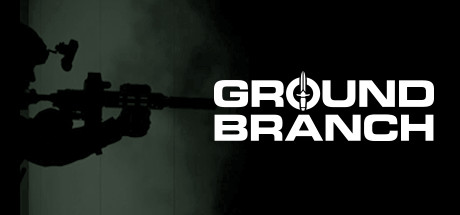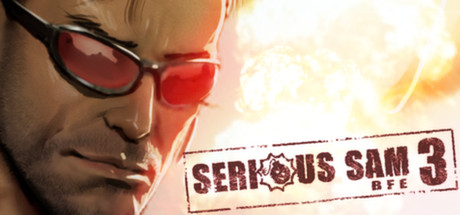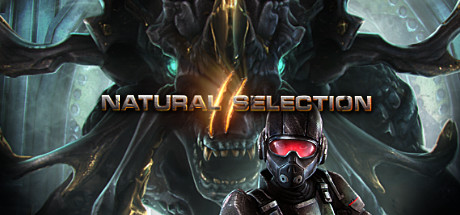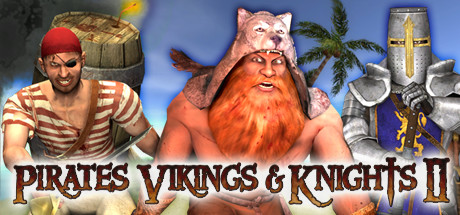
$2.79
Ronin's Requiem Reviews
In Ronin's Requiem you play as a ninja who has fallen from grace and now, to regain his honor, he has to eliminate an army of demons in a foreign land. Ronin's Requiem is a fast-paced platformer with solid gameplay and fast-paced combat.
| App ID | 2952310 |
| App Type | GAME |
| Developers | Arid Wind Games |
| Publishers | Arid Wind Games |
| Categories | Single-player, Steam Achievements, Full controller support |
| Genres | Indie, Action, Adventure |
| Release Date | 13 Jun, 2024 |
| Platforms | Windows |
| Supported Languages | English |

4 Total Reviews
4 Positive Reviews
0 Negative Reviews
Negative Score
Ronin's Requiem has garnered a total of 4 reviews, with 4 positive reviews and 0 negative reviews, resulting in a ‘Negative’ overall score.
Recent Steam Reviews
This section displays the 10 most recent Steam reviews for the game, showcasing a mix of player experiences and sentiments. Each review summary includes the total playtime along with the number of thumbs-up and thumbs-down reactions, clearly indicating the community's feedback
Playtime:
197 minutes
The game takes clues from classic action platformers on the NES. It's on the shorter end length-wise, being completable in an hour or so. You have infinite lives and checkpoints are dispersed at relatively reasonable intervals.
There's no options to speak of. The game starts windowed and you can change it to full screen. Controller supports works fine.
[h2]Controls[/h2]
Movement can feel sluggish. Especially initially the character can feel 'sticky' to control. It seems some inputs prevent other actions from being made, which might be caused by a lack of input buffering
For example, it can be difficult to perform a jump directly followed a landing crouched attack. If you try to inch yourself forward, you'll note that you're instead clearly forced to take a few steps forward. You seem to be locked into that running state, where it can even be difficult to crouch out of it at moment's notice - rather, you need to be in the particular part of the running animation to be able to cancel out of it. It's almost reminiscent of games with rotoscoped animations, where movement is extremely sluggish with overly detailed animations you can't cancel.
Your attacks have a pre-attack wind-up time as well as an attack delay after each. This can make swinging your weapon multiple times rather unsatisfactory and generally create a sense of slight unresponsiveness which is especially notable while doing air attacks.
It's as if you're playing with slight input delay so you can get used to it even if it doesn't feel great.
The sluggishness of attacking made me prefer jumping over enemies since it felt more responsive. It's unclear if this is intended as a tactic - albeit practically nonviable for certain stages, in others it felt like it might have undermined their difficulty since they mostly just consistent long lines of multihit enemies. This jumping tactic wasn't discouraged by any in-game mechanics, since enemies don't ever drop any pickups and there are no score points.
[h2]Inspirations?[/h2]
If you're looking for a Ninja Gaiden 1 NES type of experience, this isn't exaclty it - even though on the surface it can look similar due to movement, pick-ups, and such being familiar.
Given the numerous Castlevania 1 NES callbacks, the game seemed to try to position itself as a mechanical hybrid between Ninja Gaiden 1 and Castlevania 1. Namely, that the main character has capabilities similar to Ryu, but with some limitations of Simon. The issue to me seems to be that the delays of Simon's attacks feel perfectly in-tune with the weapon there being a whip; you throw the whip back before lashing it forward. The clear build-up and weight of the keyframes sells the attack process perfectly. When those delays are instead used for a quick katana slash, the animation isn't justifying it to the player.
I would have experimented with making the attack animation more pronounced, with greater emphasis on unsheathing and re-sheating as well as a clear 'pre-charging' state [i](ie. purely nonmechanical changes)[/i] - rather than keeping the subdued Ninja Gaiden quick slash.
[h2]Levels[/h2]
Stages are paced by the several checkpoints in them. Each checkpoint saves your current HP as you reach them and after dying you will be returned to the checkpoint with that saved HP amount. This means you can get yourself into an awkward position where you are one hit away from death and be forced to go through a gruelling gauntlet until you reach that next checkpoint. I think it would have made sense to have each checkpoint restore at least few points of HP before saving that HP value.
Stages involve few side routes you can take through them but they are barely worth mentioning. That aside, the actual stage design with the obstacles and enemy placements are probably the strongest aspect of design here. They for me were adequate enough to carry me through the whole game to its completion.
The infinite lives + all the checkpoints give a lot leeway here. While this makes it easier to push through whatever sketchy balancing present - it steers the game away from true retro-console / arcade experience and kinda gives me the sense of some lack of confidence in the level design [i](or perhaps the game overall)[/i], which to be fair might have been warranted in the sense that the game doesn't exactly feel finished as a development project.
I would say the level design has just enough 'unfairness' to keep it spicy enough to keep you interested. Pacing I suppose could have been better [i](say, some more natural times for player to 'breathe' from the intensity)[/i] and the limited enemy variance obviously limits design.
There's a later maze level that can create a sense dread considering just how terrifying these type of levels often tended to be in old-school games, but some rather clever design twist here makes it so that you certainly won't be dreading the labyrinth aspect of it that much once you have figured it out.
[h2]Boss design[/h2]
The bosses are perhaps the weakest part of the game's design - they barely feel like bosses at all and rather seem like they're just chilling around. They don't have any kind of an intro - they don't jump out of anywhere or awake in any manner but rather are already just walking around when you reach them. There isn't any type of a music change either, so at times you aren't even sure if the new creature you are slashing at is a boss at all.
Some of them can be defeated extremely quickly and with little effort - to the point where they don't even have time to attack you properly. The bosses don't seem to get particularly more difficult as you progress through to later stages, which can make them feel very disappointing mechanically instead of a climax to the stage.
[h2]Music[/h2]
It's bad and not easy on the ears - harsh, coarse and monotone. Often stage tracks give the sense of being a short loop even though they aren't because of just how repetitive they are.
As far as I could tell, the soundtrack in the trailer doesn't even appear in-game, not in any of the stages at least. I was hoping the game would have had music more in that vein in-game, but that regrettably wasn't the case.
[h2]Parting thoughts[/h2]
I got the sense of an awkward mix of retro and modern design elements, which are hard to pinpoint to any one particular aspect.
The game didn't feel to be particularly brim with creativity, with for example enemies being the likes of random animals [i](rabbits, rats, bats, etc)[/i], some animated plant life, and the usual demons and undead. With that and other factors such as backgrounds being mostly just solid blacks, the game gives a sense of being more of a well-honed prototype rather a truly finished game. For one, the game window's name seem to be "New Project", which is worth a chuckle. Bosses perpetuate this prototype-vibe perhaps the most due to feeling so nonchalant and like an afterthought as far as their presentation goes and just how easy they are to defeat.
As far as the story goes, I had to really think if there was any. I do faintly recall some sort of a starting cinematic that was so generic with some talk about a demon king that I think I spaced out. After that, I don't recall there being any references to a story. You got the classic Castlevania 1 NES -esque stage transition screens between each level but those don't give much of a narrrative.
On the pricing front, I got the game for some 4 bucks. I was rather trepid about purchasing it since it to me seemed more like a 2,5$ game that I would expect to being sale for around 2 dollars. This perception was only confirmed after having compleated it but since these type of games are up my alley, I wasn't bothered about getting it for that price.
I give it a lukewarm recommendation, since even though I feel it's slightly overpriced, the game was interesting enough to complete and there weren't any major hiccups - like I don't think I encountered any bugs whatsoever.
👍 : 0 |
😃 : 0
Positive
Playtime:
91 minutes
This is a decent no-frills sidescroller with NES stylings. It's not difficult, but I found it engaging enough to enjoy from start to finish. The spritework is, while not ambitious, very tasteful. The bosses and the level 'map' look rushed but everything else does a surprisingly good job at bringing the NES era of spritework into the modern age.
Good:
+nice visual style and sprite work on tilesets and enemies
+pleasant difficulty
+very simple to play
+no story or other distractions, just gameplay
+runs great with gamepad/steamdeck
Bad:
-Bosses are very primitive, mechanically and visually
-could use a little more content (levels lack variety and enemies are heavily re-used throughout)
-audio/music is atrocious, even if it is trying to emulate NES sounds.
6/10
👍 : 1 |
😃 : 0
Positive







